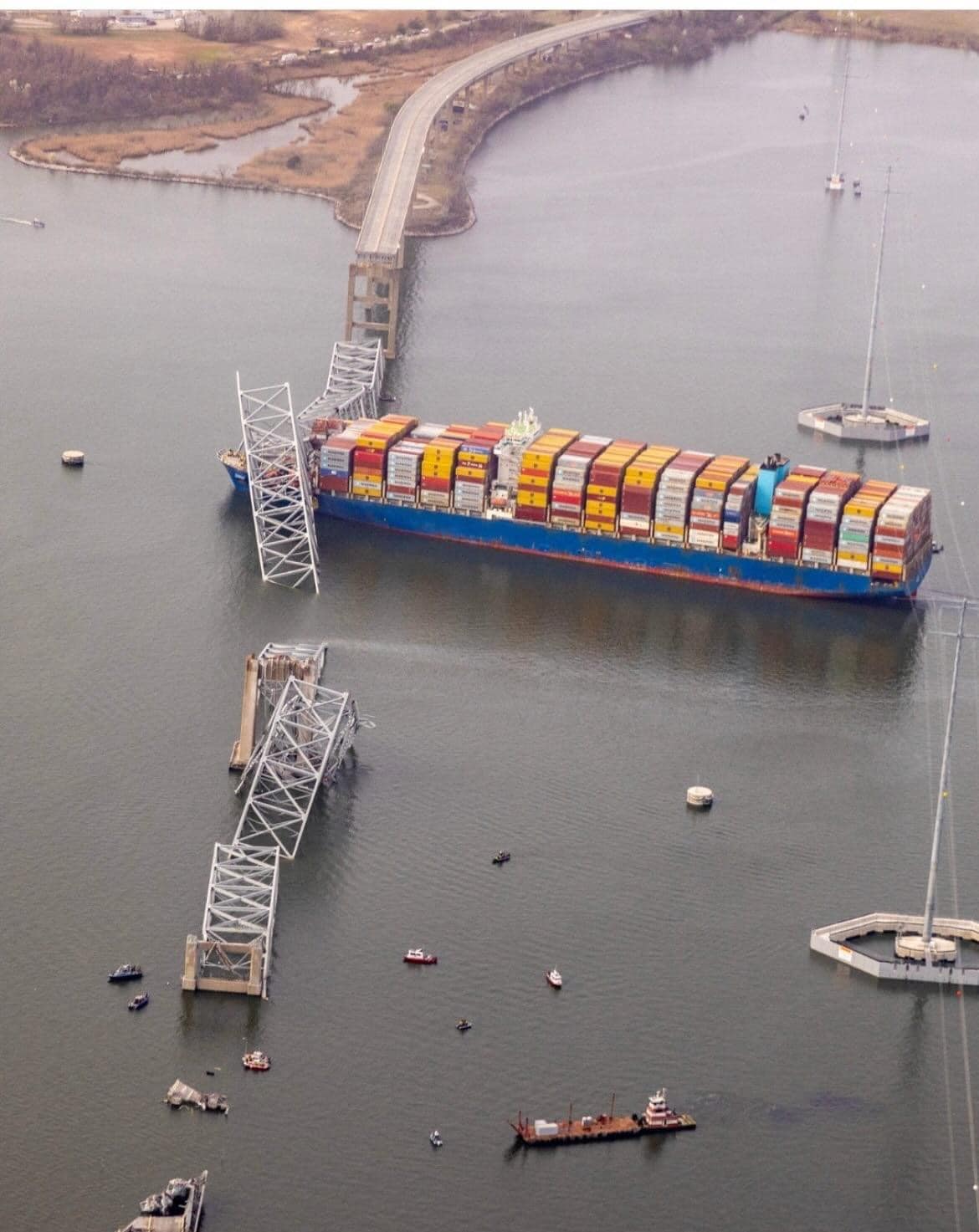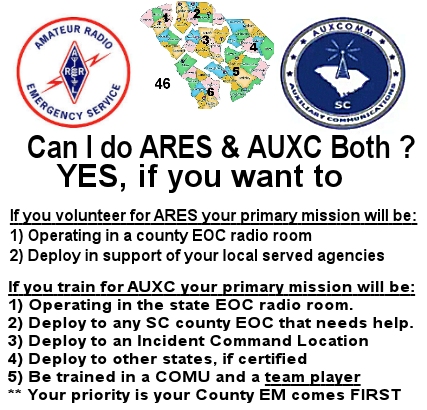Many of our dedicated volunteers have been working tirelessly, providing critical support ranging from radio operations at county EOCs to offering health and welfare communications for families, friends, and neighbors. This storm has tested us in ways many of us have never experienced before. I want to extend my heartfelt gratitude to each of you for continuing to serve your communities in any capacity you can.
As of now, the following frequencies are actively carrying traffic related to the Upstate of South Carolina and Western North Carolina:
146.61 -0.600 (Greenville, SC, Caesar’s Head)
145.190 -0.600 (Mt. Mitchell)
147.135 +0.600 (DCS disabled during disaster; Caesar’s Head Alternate in Greenville)
SCHEART is currently facilitating county-to-state communications and is also monitoring reports from any affected areas.
Information That May Be Useful to Track or Report:
Gas Station Status: Are stations open, do they have fuel, and can they process debit/credit card transactions?
Power Restoration: Are critical infrastructure facilities (e.g., hospitals, emergency services) restored? What is the status of traffic control on major highways?
Road Closures: Report major highways, bridges, and other key routes that are closed.
If you know anyone in need of a welfare check, please contact your net control station to determine if they are accepting that information and how to proceed.
I hope you all remain safe, and I pray for a swift recovery for you and your families. You are all in Nancy’s and my thoughts and prayers.
Best Wishes and 73,
Billy L. Irwin – K9oh
Assistant Section Manager – SKYWARN Program Manager
ARRL – South Carolina Section






